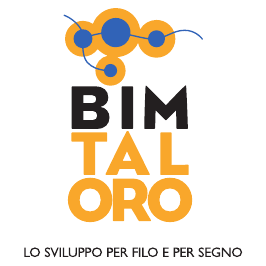Antioco Casula ‘Montanaru’ House Museum
The house of poet Antioco Casula, dating back to the mid 19th century, is located in the Ovolaccio district, near the Church of the Madonna del Carmine, and houses the museum dedicated to him.
The building, the façade of which bears a memorial plaque to the poet, has a frontage decorated with geometric squares and, like many mountain houses built on steep terrain, has two storeys on the street side, while it has a third below, overlooking the deep wooded valley.
The life of the poet, who was born and lived in Desulo between 1878 and 1957, esteemed for his lyrics written in an evocative Sardinian language, rich in nuances and sonority, linguistically and stylistically fine, was spent in these rooms.
Montanaru, the name by which he was known, had a complex life. It began with painful family events that saw him first lose his young wife and a young son and, years later, three other children in their early twenties who died of consumption.
His life and work are closely intertwined with the historical period he experienced, from the African war to the two world wars and fascism.
It was only in 1922 that his second poetic collection Cantigos d’Ennargentu was printed. This was very well received by the public, and was translated into English, French, German and Italian; a sign of the universality of the poetic message and its connection to the sensibilities and culture of the period.
Visiting the museum allows one to come into contact with and discover not only the poet, but also his era and cultural ambience, thanks to a series of documentary, visual testimonies spanning the first half of the 20th century. The rooms of the house are, in fact, rich in period images, photographs, postcards, and illustrations from publications or works of art. The first floor houses Casula’s studio with period furniture, his personal library, and certificates of awards received. Other rooms contain correspondence between the artist and numerous intellectuals and politicians of the time, such as Mario Berlinguer, Marianna Bussalai, Francesco Cucca and artists such as Francesco Ciusa, Sebastiano Satta and Grazia Deledda. The list of personalities, which are not only Sardinian, is very long; this is because Montanaru, during his life, forged numerous relationships that were born out of his poetic activity and his desire to enhance the Sardinian language, which led him to meet philologist Max Leopold Wagner and the young Pier Paolo Pasolini, then a scholar of Romance languages. He also formed a series of friendships linked to his membership of the Sardinian Action Party.
The current exhibition is curated by a direct descendant of the poet who chose, after a long period in which the building had been used as an ethnographic museum with a display of traditional equipment for work and daily life, to give a decidedly personal slant to the display. For this reason, around ten years ago, following the renovation of the house, the interior layout changed completely and the layout concept focused on the personality of artist Montanaru and on his roots on the island, which became in him an openness and exchange with intellectuals and artists. As per the wishes of engineer Giancarlo Casula, the owner and curator of the building and installation, this place would continue to be a meeting point and stimulus for the Desulo and Sardinian community, as it was during the life of poet Montanaru.
Text by Laura Melis with the contribution of Giancarlo Casula
 BIM TALORO
BIM TALORO 